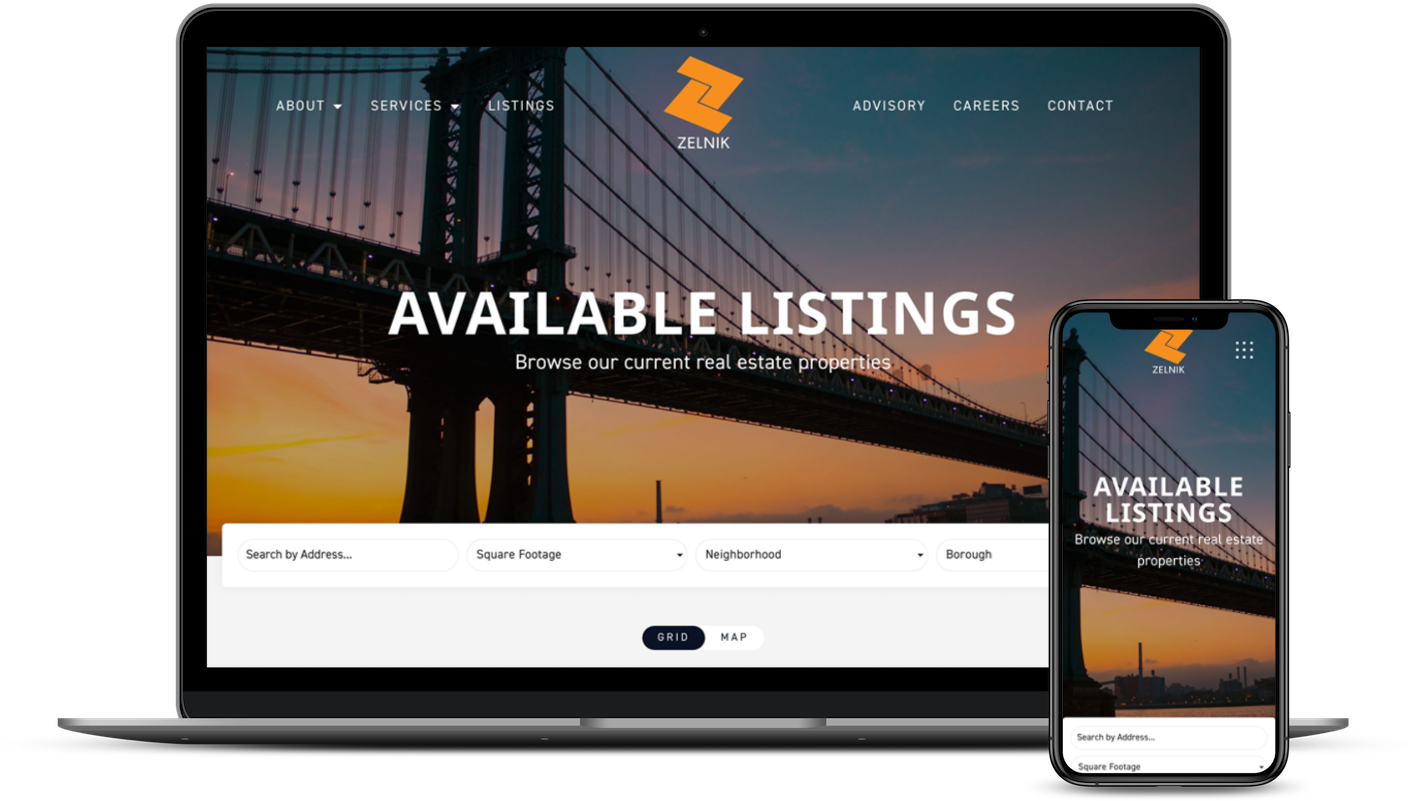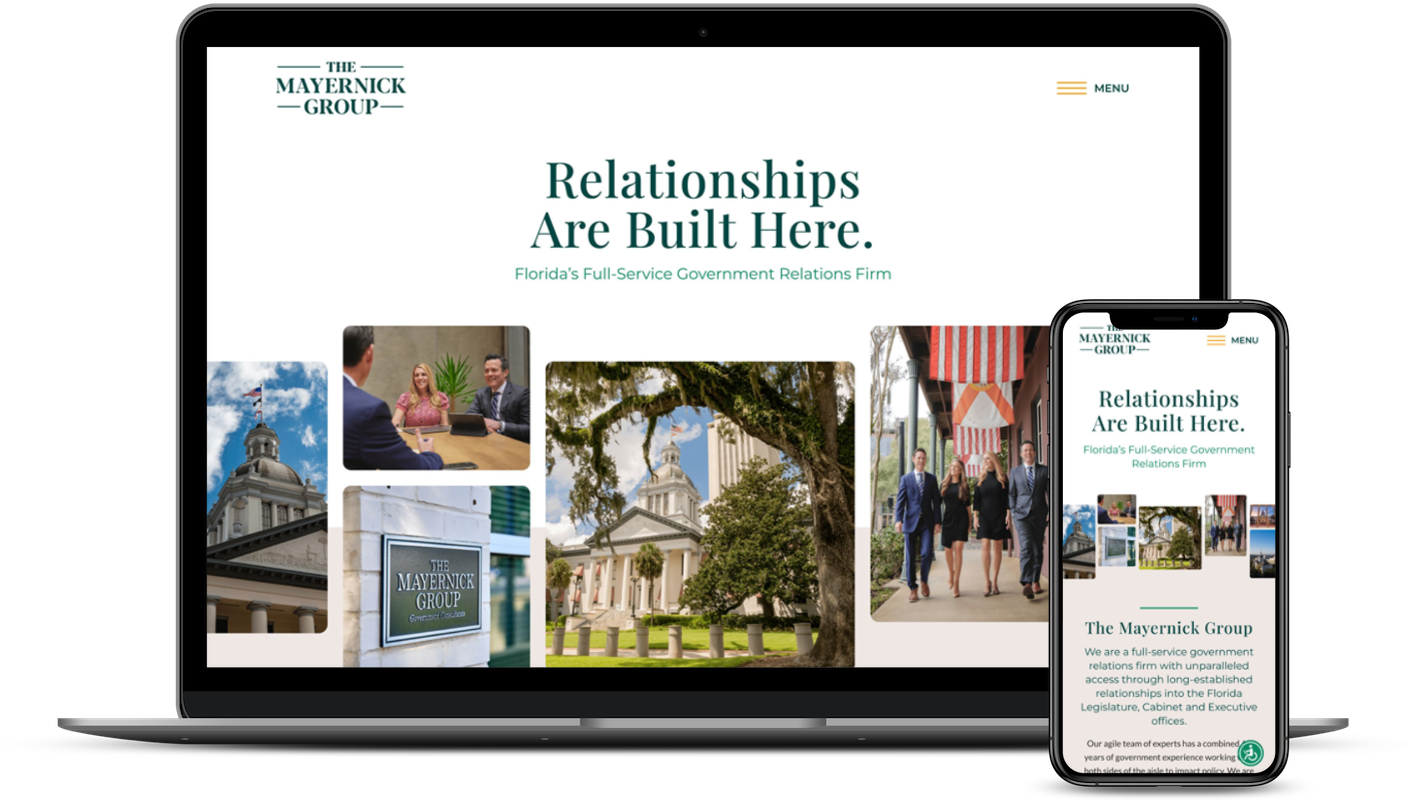Having an online presence is crucial for nonprofits to reach and engage with supporters. However, simply having a website is not enough.
Nonprofits need to create an effective web design that inspires and encourages donations. In this article, we’ll explore some quick tips for increasing donations with effective nonprofit web design.
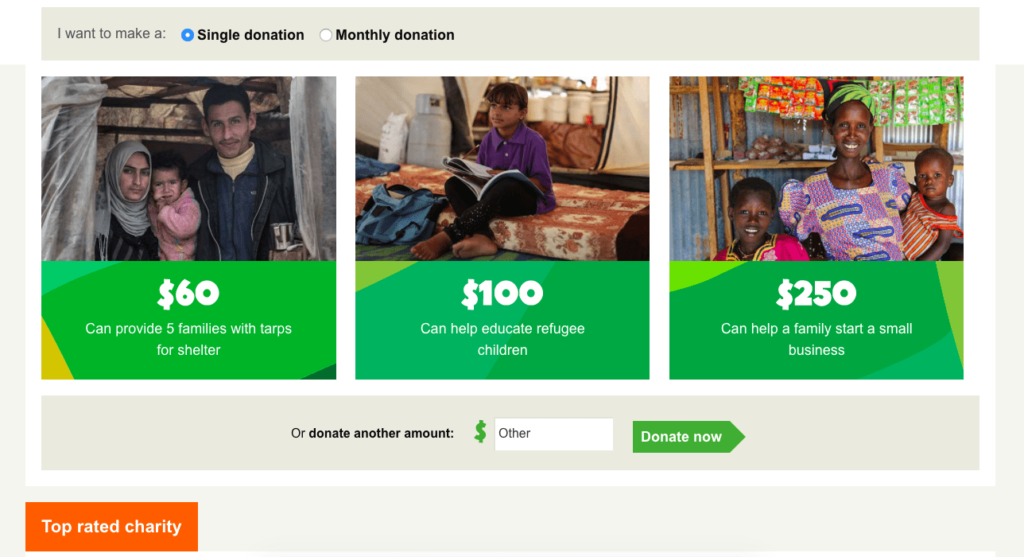
Tip #1.
Highlight the impact of donations
Visitors want to know how their donations will make a difference. Use clear and concise language to explain how donations will be used and what impact they will have. Consider providing examples or success stories to demonstrate the impact of donations.
Provide proof. One effective way to do this is to provide specific examples or success stories that demonstrate the impact of donations.
For example, if a nonprofit’s mission is to provide education to underprivileged children, the website donation page could provide a story about a specific child who benefited from the organization’s programs and how their donation helped make it possible.
Keep it concise. Nonprofits should be transparent about how donations will be used and provide specific details about how they will make a difference.
For example, a nonprofit that works to fight hunger could explain how a $10 donation can provide a meal for a family of four or how a $50 donation can provide a week’s worth of groceries for a family in need.
Use visual aids. Visual aids can help make the impact of donations more tangible and easier to understand for visitors.
For example, a nonprofit that works to protect the environment could provide a chart that shows how donations have helped reduce carbon emissions or protect endangered species.
By providing specific examples or success stories, using clear and concise language, and using visual aids, nonprofits can inspire visitors to donate and make a difference in their cause.
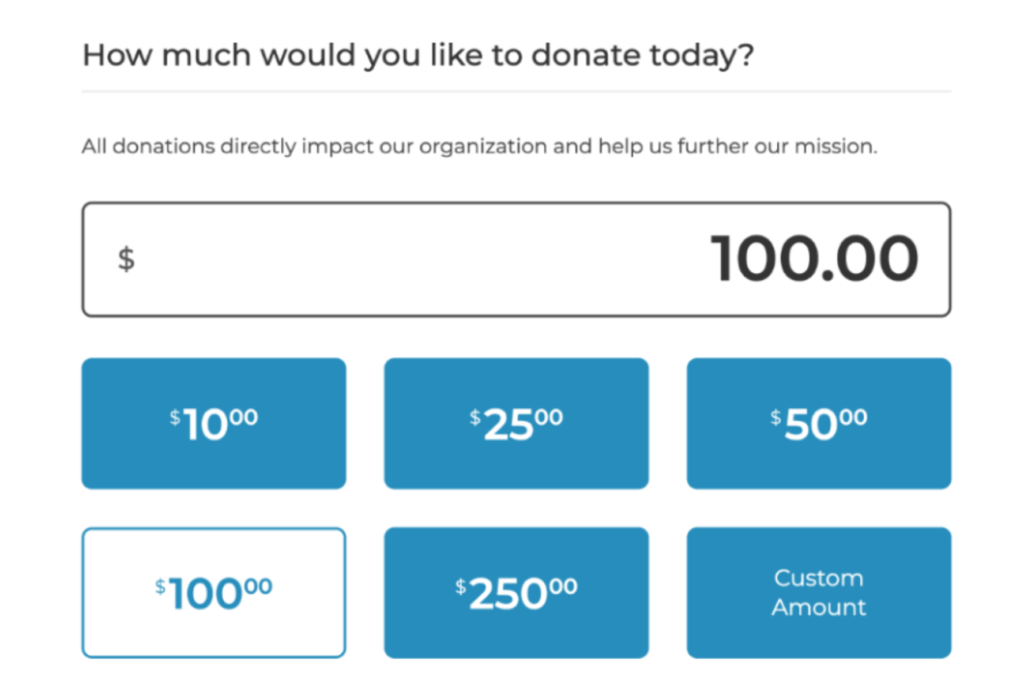
Tip #2.
Make the donation process easy
Your donation page should be simple and straightforward. Avoid requiring too much information, and only ask for what is necessary to process the donation. Provide multiple payment options, such as credit cards, PayPal, and Apple Pay.
Limit form fields. Nonprofits should only ask for essential information, such as name, email address, and payment details. Avoid asking for information that is not relevant to the donation process as it can be overwhelming for donors and deter them from completing the donation.
Provide multiple payment options. Providing multiple payment options is another way to simplify the donation process. Nonprofits should offer a variety of payment methods on their nonprofit website, such as credit card (using Stripe), PayPal/Venmo, and an offline mailed check option, to accommodate different donor preferences.
It’s essential to ensure that the payment process is secure and that donors’ personal information is protected.
By limiting the amount of information required, providing multiple payment options, and using a clear CTA and progress bar, nonprofits can improve the donor experience and increase donations. Nonprofits should continuously test and optimize their donation process to ensure it is user-friendly and meets the needs of their donors.
Tip #3.
Use social proof
Social proof, such as testimonials, donor logos, partners, and statistics, can help build trust with visitors and demonstrate the credibility of your organization. Using social proof strategically on your nonprofit website can help encourage donations.
Testimonials. Nonprofits can include testimonials from donors or beneficiaries on their donation page. Testimonials add a human element to the page, and donors can relate to the experiences of others who have benefited from the organization’s work. These testimonials can be in the form of quotes, videos, or images.
Amount raised. Displaying the total number of donors and the amount raised can be an effective way to demonstrate social proof. Seeing a high number of donors and a significant amount raised can encourage others to join in and contribute to the cause.
Social media shares/likes. Nonprofits can highlight social media shares and engagement related to their organization’s work. This can include social media mentions, likes, and comments related to a specific campaign or project. This type of social proof can help potential donors see that others support the organization and the cause.
Partners/Donors. Nonprofits can also highlight their partnerships with other organizations, businesses, or individuals. This can demonstrate the credibility of the nonprofit and increase trust with potential donors.
By including testimonials, donor count and amount raised, social media shares and engagement, and partner organizations, nonprofits can demonstrate the impact of their work and inspire others to get involved.
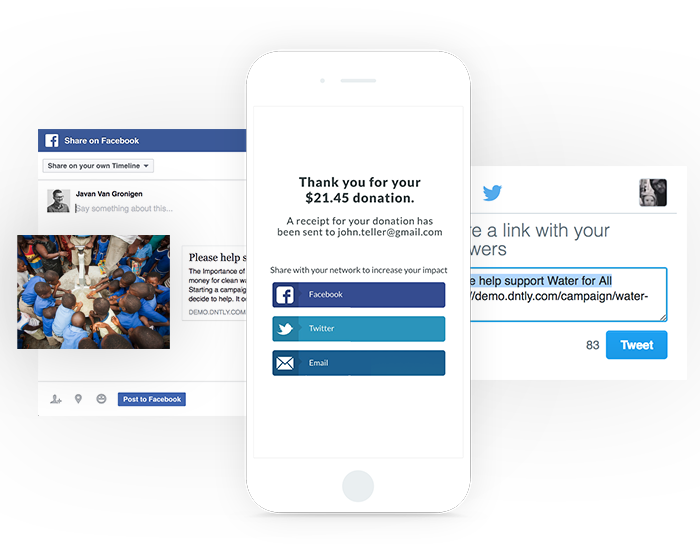
Tip #4.
Post-Donation Sharing & Tax Receipts
By including social media sharing buttons, creating shareable content, providing personalized sharing messages, incentivizing sharing, and using social media advertising, nonprofits can encourage donors to share their support and help build a community of supporters. It’s important to make sharing easy and accessible and ensure that the messaging is compelling and aligned with the organization’s overall mission and values.
Provide emailed tax receipt. Providing a tax receipt after a donor donates on a nonprofit website is crucial for several reasons. First and foremost, it is required for donors to have a written acknowledgment from the nonprofit organization for any donation exceeding $250.
A well-designed and personalized tax receipt can demonstrate the organization’s gratitude for the donation and provide donors with additional information on the impact of their contribution. This can encourage donors to continue supporting the organization and spread the word about their mission and work.
Redirect to social share page after donation. Redirecting donors to a social share page after they donate on a nonprofit website is a great way to encourage them to spread the word about the organization and their donation. The social share page can be designed to include pre-written social media posts or messages that donors can easily share with their network, along with personalized messages and calls to action.
Incentivize Sharing. Nonprofits can incentivize sharing by offering rewards or prizes to donors who share the donation page with their networks.
For example, a nonprofit could offer up swag or a prize to the donor who recruits the most new donors.
By including social media sharing buttons, creating shareable content, providing personalized sharing messages, incentivizing sharing, and using social media advertising, nonprofits can encourage donors to share their support and help build a community of supporters.
Nonprofit web design examples
Here’s a few recent nonprofit and association website designs we helped build and manage. Learn more about us and get a quote today.
More #nonprofit articles:

Nonprofit Web Design Trends to Watch for 2024
As a nonprofit organization, your nonprofit’s website is often the first point of contact for potential donors, volunteers, and clients. It’s also a critical tool

Google Ad Grants for Nonprofits: A Complete Guide to Free Advertising
As a nonprofit organization, you know that getting your message out to the public is critical to achieving your goals. Fortunately, Google provides a valuable

Best 3 Nonprofit Websites in Tampa: Why They Stand Out
Tampa Bay is home to a variety of nonprofit organizations that work tirelessly to make a positive impact on the community. Many of these organizations

